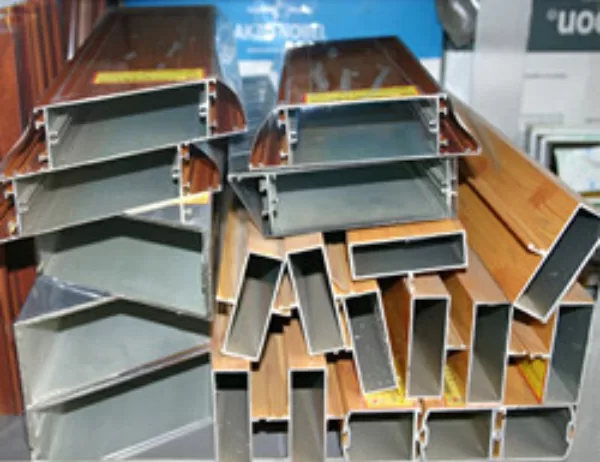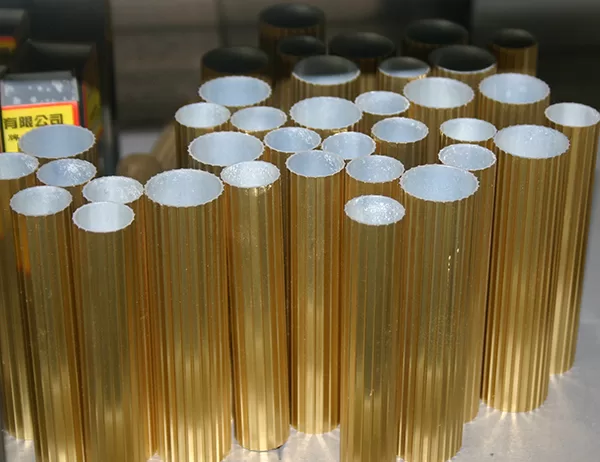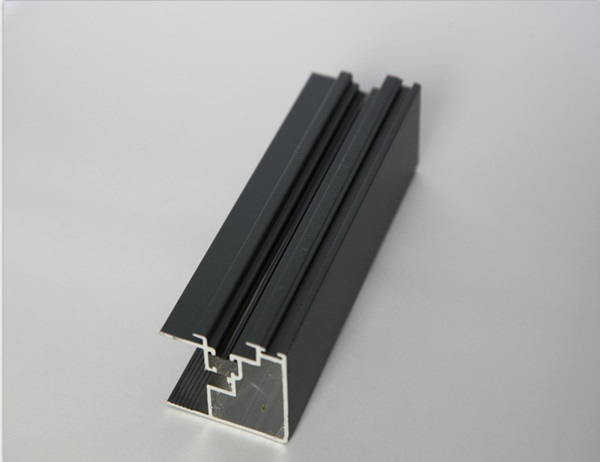Extruded Aluminum Tubes vs. Drawn Tubes: What’s the Difference?
In the realm of aluminum fabrication, the choice between extruded tubes and drawn tubes can be paramount. To navigate this choice effectively, it’s crucial to understand the fundamental distinctions between these two manufacturing processes and their impact on the tube’s properties and applications.
Extruded Aluminum Tubes: A Forceful Formation
Extruded tubes are forged through an extrusion press, where molten aluminum is forced through a shaped die. This process generates tubes with intricate cross-sections, including complex shapes and hollows. Extruded tubes offer superior strength and rigidity due to the cold-working process involved, making them ideal for applications requiring structural integrity or resistance to deformation.
Drawn Aluminum Tubes: A Precise Stretch
Drawn tubes undergo a different journey. They begin as extruded or seamless tubes and are then stretched or drawn through a series of progressively smaller dies. This process reduces the tube’s diameter while increasing its wall thickness. Drawn tubes exhibit excellent dimensional accuracy, surface finish, and uniform wall thickness, making them suitable for precision applications.
Properties and Applications: A Spectrum of Strengths
Extruded tubes typically possess superior strength and stiffness, while drawn tubes excel in dimensional accuracy, surface finish, and resistance to corrosion. Extruded tubes find applications in structural components, automotive parts, and machinery, while drawn tubes are preferred for heat exchangers, piping, and medical devices.
Choosing Wisely: A Matter of Matching Needs
The choice between extruded and drawn aluminum tubes ultimately hinges on the specific requirements of the application. Extruded tubes provide unparalleled strength and versatility, while drawn tubes offer precision and corrosion resistance. By understanding the differences and considering the intended use, engineers can ensure that the chosen tube aligns perfectly with their design objectives.
Conclusion
The selection between extruded aluminum tubes and drawn tubes is not merely a matter of preference but a strategic decision based on the desired properties and application demands. By delving into the nuances of these manufacturing processes, engineers can harness the optimal combination of strength, precision, and corrosion resistance to elevate their designs to new heights of performance and reliability.




